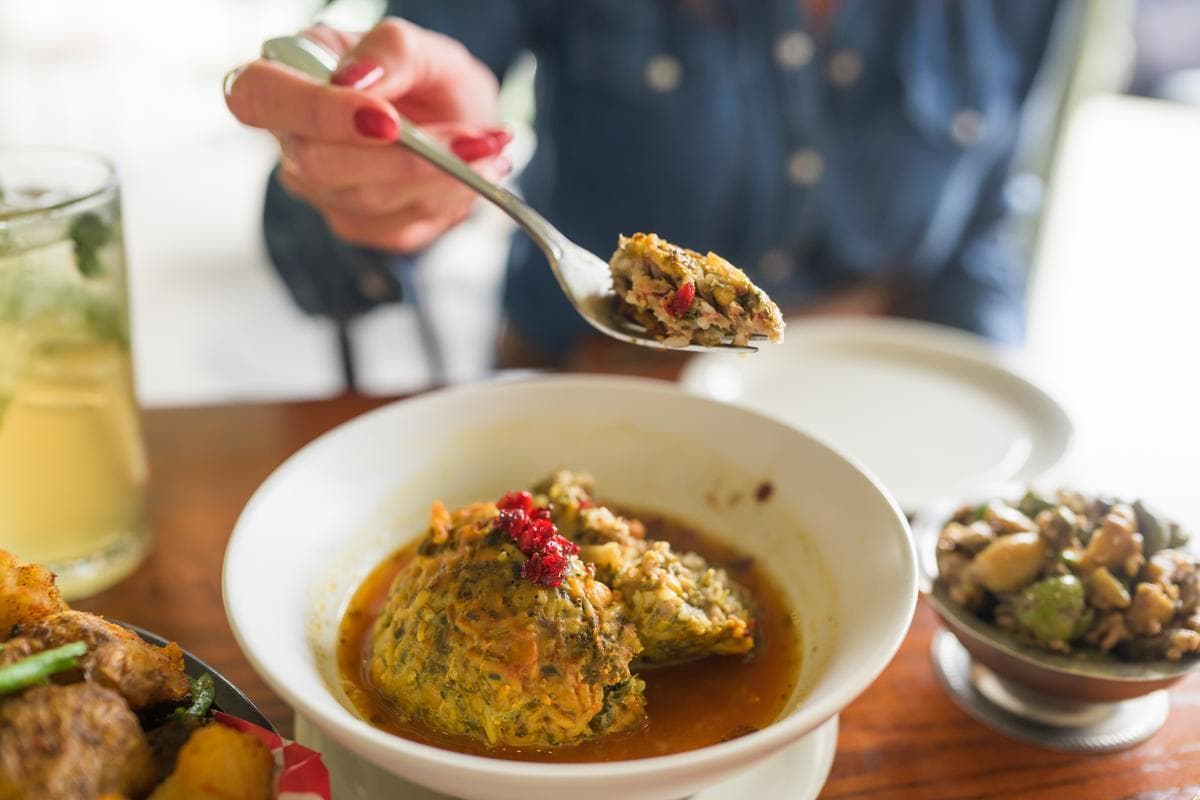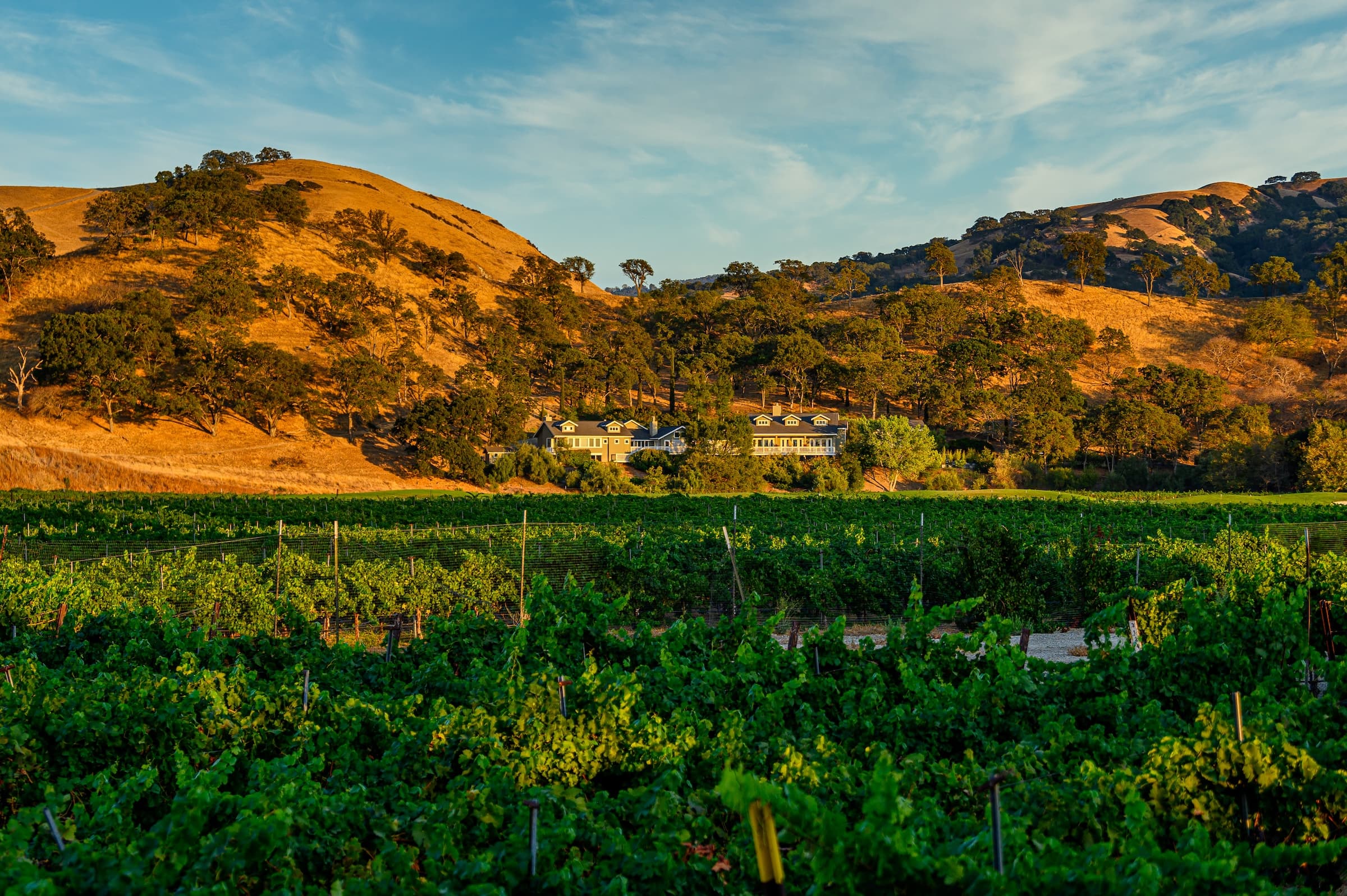California wine country evokes images of Napa or Sonoma for most. But to understand the Golden State’s roots, you’ll want to learn about Livermore wine history.
Set just east of San Francisco, this lesser-known area significantly shaped California’s winemaking history. It is one of the oldest wine-growing areas in the state, where you can find vines that predate the Gold Rush. Livermore Valley is also home to the oldest Chardonnay and Cabernet Sauvignon vines in the state.
I am a food and wine writer for California, hold a WSET Level 2 certification, and am part of the California Grown team. I have traveled across the state to discover the farms, orchards, and vineyards that shape our food culture, including visits to wineries in Livermore.Livermore Valley has a unique past that every wine lover should know. It is one of the many “Only In California” stories.
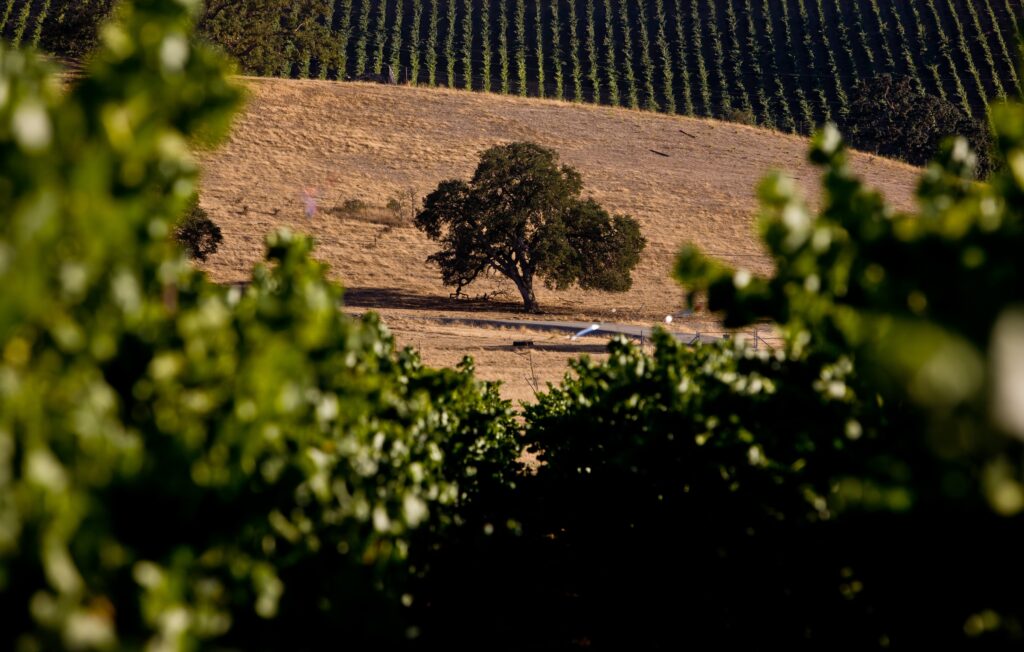
Where California Wine History Took Root
The Livermore wine history begins well before Napa made headlines. In what is now Alameda County, Spanish missionaries planted the area’s first grapes in the 1760s.
Livermore’s open grasslands and gravelly soils attracted immigrants from Europe, who saw the area’s potential for growing grapes. Inspired by the gravel-rich vineyards of Bordeaux, they brought cuttings of Sauvignon Blanc and Sémillon.
Livermore’s first commercial wine boom came in the 1880s, making it a source of some of the oldest wine in California. This era was led by three pioneering families: the Wente, Concannon, and Wetmore families.
These early vintners laid the foundation for modern California winemaking, establishing vineyards that would endure for generations.
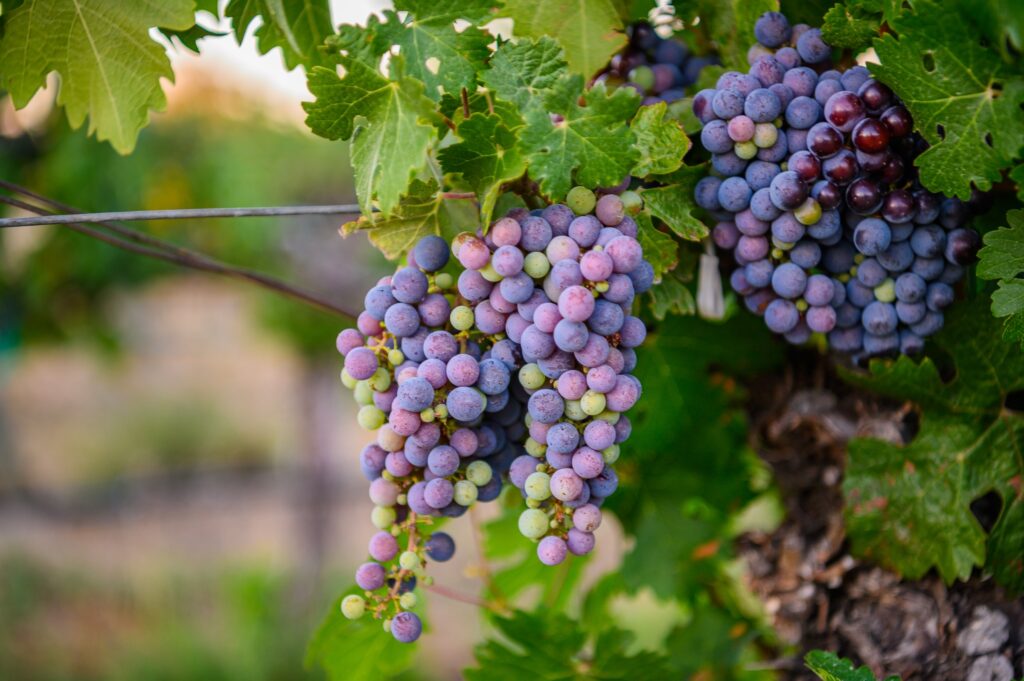
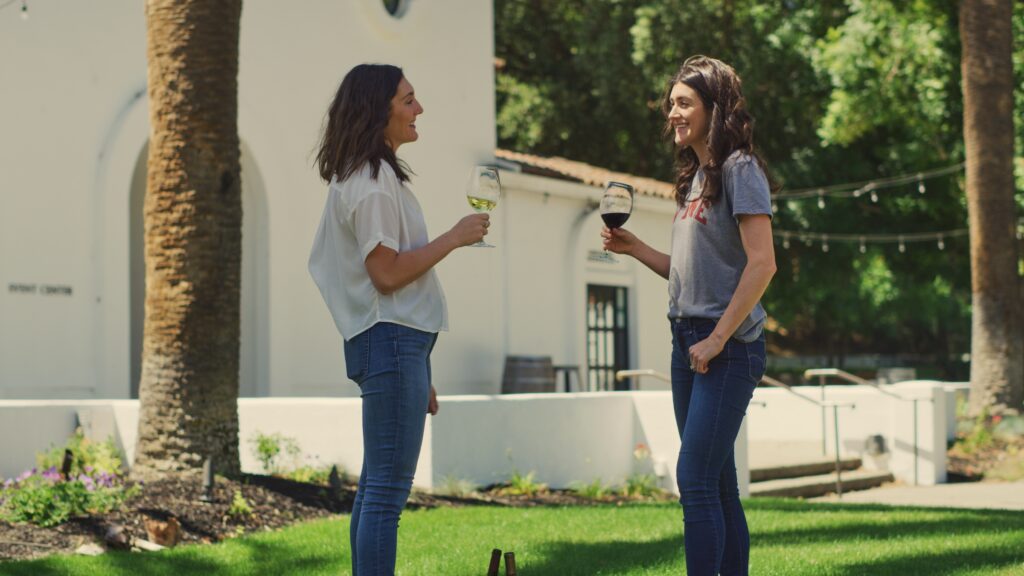
The Mother Vines: Wente and Concannon’s Lasting Legacy
Two names dominate Livermore wine history: Wente Vineyards and Concannon Vineyard. These nearby estates are not only wineries but also landmarks, as they’re the source of California’s most popular grape varieties.
Wente Vineyards: Birthplace of California Chardonnay
Founded in 1883 by German immigrant C.H. Wente, this is the oldest continuously operating family winery in the United States. However, Wente’s most enduring legacy is the development of what is known as the Wente Clone of Chardonnay.
In 1912, Karl Wente’s son, Ernest, convinced his father to import a selection of Chardonnay cuttings from a nursery at the University of Montpellier in France. These cuttings were planted in the Livermore Valley and quickly adapted to the local conditions, producing grapes with remarkable flavor and balance.
In viticulture, a “clone” refers to vines propagated from a single original mother vine. According to Wente, more than 80% of all California Chardonnay can now be traced back to these original plantings.
Beyond Chardonnay, Wente has also helped preserve Livermore’s Sauvignon Blanc and Sémillon legacy. These white wines were planted in 1869 with cuttings from the renowned Château d’Yquem. Grown in the region’s distinctive gravel soils, they continue to rank among California’s most expressive and elegant white wines.
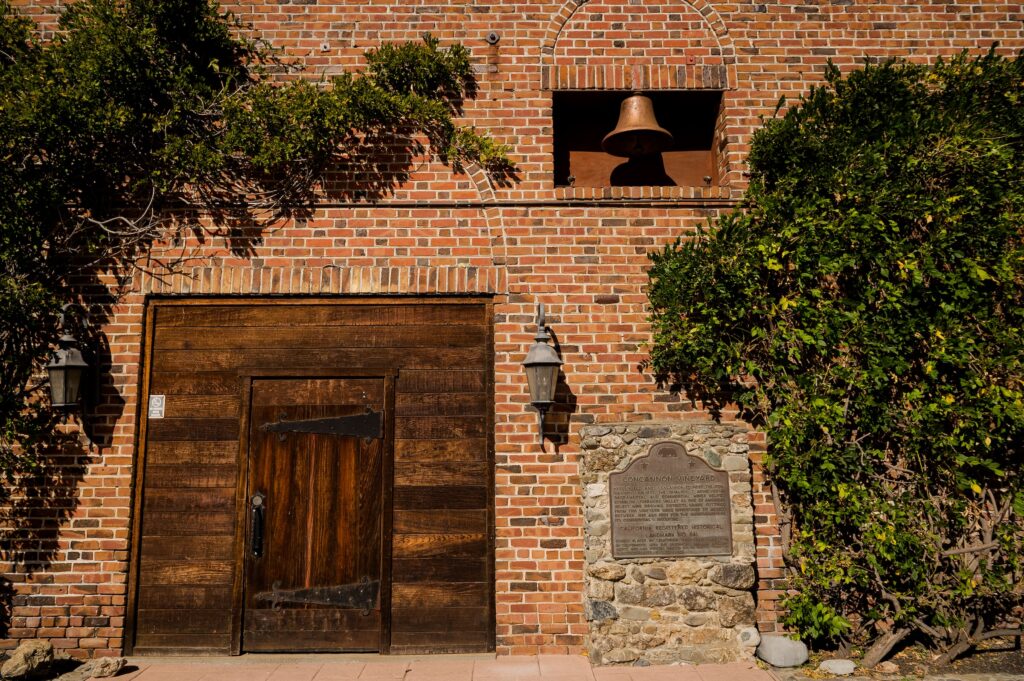
Concannon Vineyard: California’s Cabernet Champion
Just down the road from Wente, Concannon Vineyard also plays a significant role in Livermore wine history. Irish immigrant James Concannon founded the winery in 1883, importing Cabernet Sauvignon vines from Bordeaux and establishing one of California’s first commercial wineries.
Concannon not only helped bring Cabernet Sauvignon to the state but also played a key role in shaping its growth today. In the 1960s, Concannon pioneered a set of Cabernet Sauvignon cuttings that became known as the Concannon Clones.
These vines were prized for their quality and quickly adopted by top producers across the state. Today, an estimated 80% of California Cabernet Sauvignon can be traced back to these Concannon Clones. That means that you’re tasting a bit of Livermore’s legacy with nearly every glass of California Cab.
But Cabernet isn’t the winery’s only claim to fame. Concannon was also the first to produce what they trademarked as America’s First Petite Sirah®, helping to popularize this bold, full-bodied red in the California wine scene.
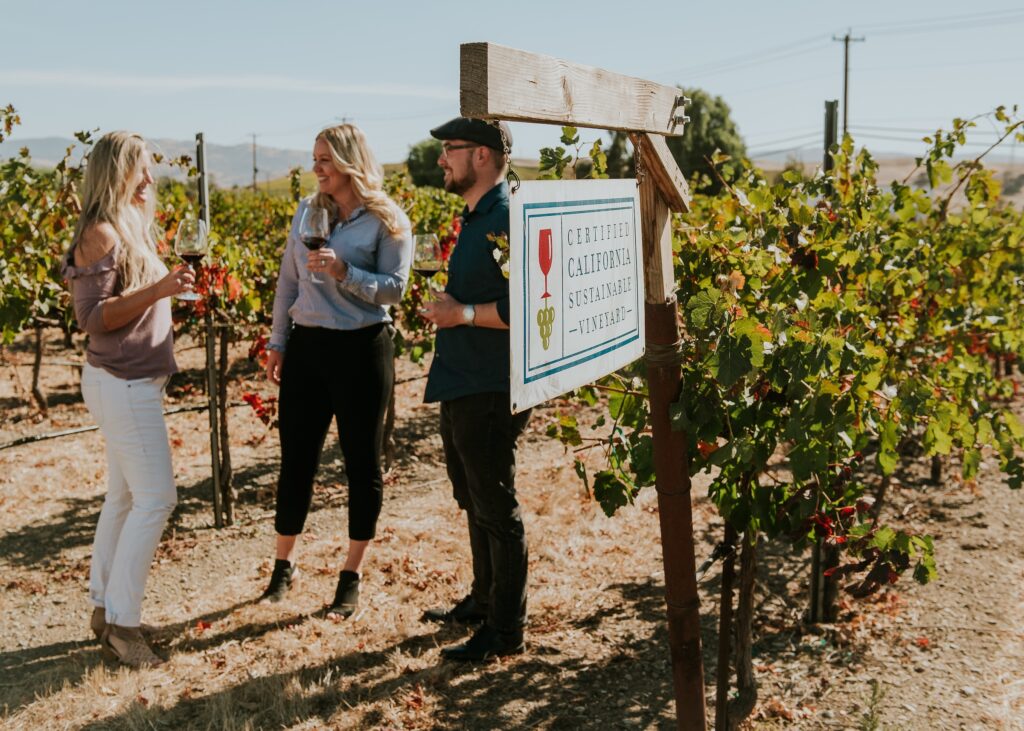
Plan Your Visit To Livermore Wineries
Curious to taste California wine history for yourself? Here’s more about how to visit these Livermore Valley wineries:
Concannon’s tasting room offers a deep dive into the evolution of California Cabernet. Guests can choose from various experiences, including the Estate Tasting with current releases or the Library Tasting featuring rare and vintage wines. Tours are available by appointment and often include a walk through the vineyard blocks and barrel room.
Wente offers various ways to explore its history. You can enjoy seated tastings at the Estate Tasting Lounge or book seasonal wine and food pairings. Tours of the vineyard and wine caves are available with advance booking. The estate also hosts live music, cooking classes, and special events throughout the year.
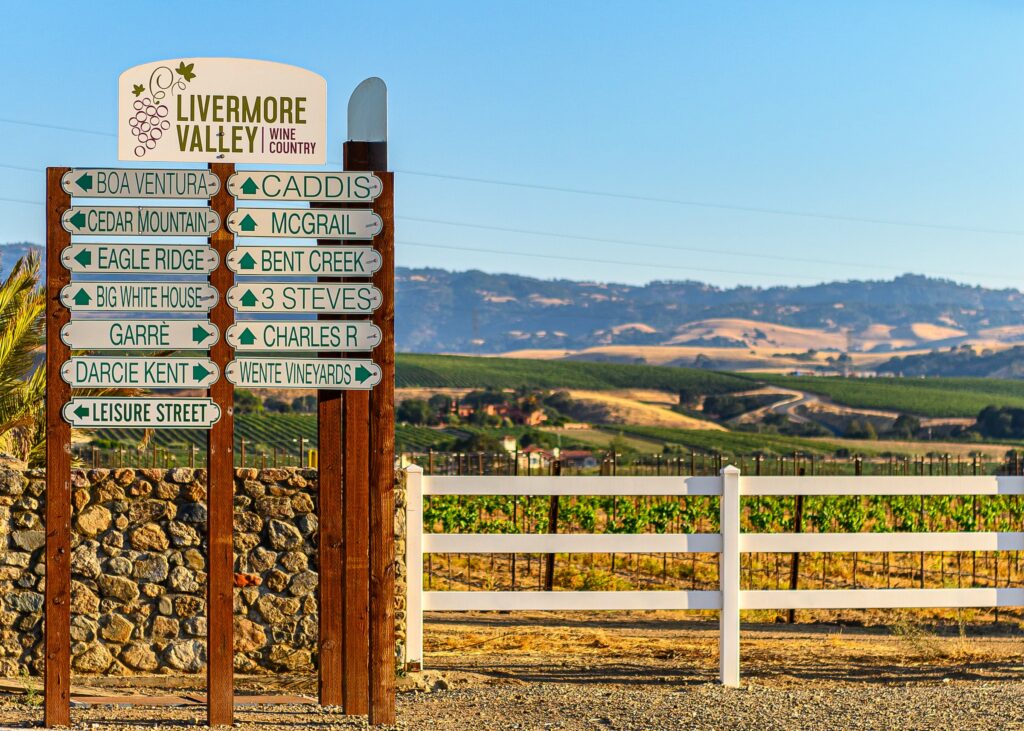
Add Livermore Valley to Your Wine Travel List
Livermore Valley may not always get the spotlight, yet it deserves it. Livermore has deep roots in California’s wine history, and the over 40 wineries in the area are just one hour from San Francisco. The area offers something rare: a genuine connection to the past that remains alive today.
Find more Only in California stories like this one!
This article was written by Aida Mollenkamp, @aidamollenkamp, photos by Alycia Moreno California Grown and California Wine Institute

